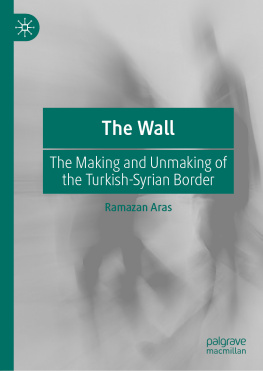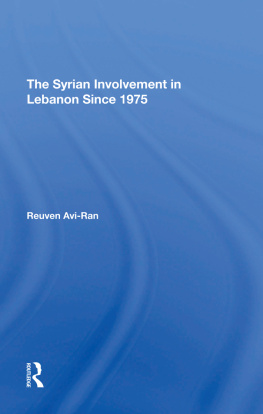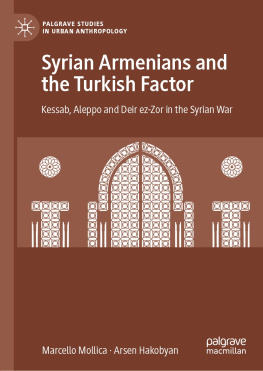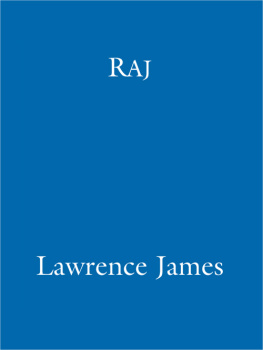Ramazan Aras - The Wall: The Making and Unmaking of the Turkish-Syrian Border
Here you can read online Ramazan Aras - The Wall: The Making and Unmaking of the Turkish-Syrian Border full text of the book (entire story) in english for free. Download pdf and epub, get meaning, cover and reviews about this ebook. year: 2020, publisher: Palgrave Macmillan, genre: Politics. Description of the work, (preface) as well as reviews are available. Best literature library LitArk.com created for fans of good reading and offers a wide selection of genres:
Romance novel
Science fiction
Adventure
Detective
Science
History
Home and family
Prose
Art
Politics
Computer
Non-fiction
Religion
Business
Children
Humor
Choose a favorite category and find really read worthwhile books. Enjoy immersion in the world of imagination, feel the emotions of the characters or learn something new for yourself, make an fascinating discovery.
- Book:The Wall: The Making and Unmaking of the Turkish-Syrian Border
- Author:
- Publisher:Palgrave Macmillan
- Genre:
- Year:2020
- Rating:4 / 5
- Favourites:Add to favourites
- Your mark:
- 80
- 1
- 2
- 3
- 4
- 5
The Wall: The Making and Unmaking of the Turkish-Syrian Border: summary, description and annotation
We offer to read an annotation, description, summary or preface (depends on what the author of the book "The Wall: The Making and Unmaking of the Turkish-Syrian Border" wrote himself). If you haven't found the necessary information about the book — write in the comments, we will try to find it.
Ramazan Aras: author's other books
Who wrote The Wall: The Making and Unmaking of the Turkish-Syrian Border? Find out the surname, the name of the author of the book and a list of all author's works by series.
The Wall: The Making and Unmaking of the Turkish-Syrian Border — read online for free the complete book (whole text) full work
Below is the text of the book, divided by pages. System saving the place of the last page read, allows you to conveniently read the book "The Wall: The Making and Unmaking of the Turkish-Syrian Border" online for free, without having to search again every time where you left off. Put a bookmark, and you can go to the page where you finished reading at any time.
Font size:
Interval:
Bookmark:
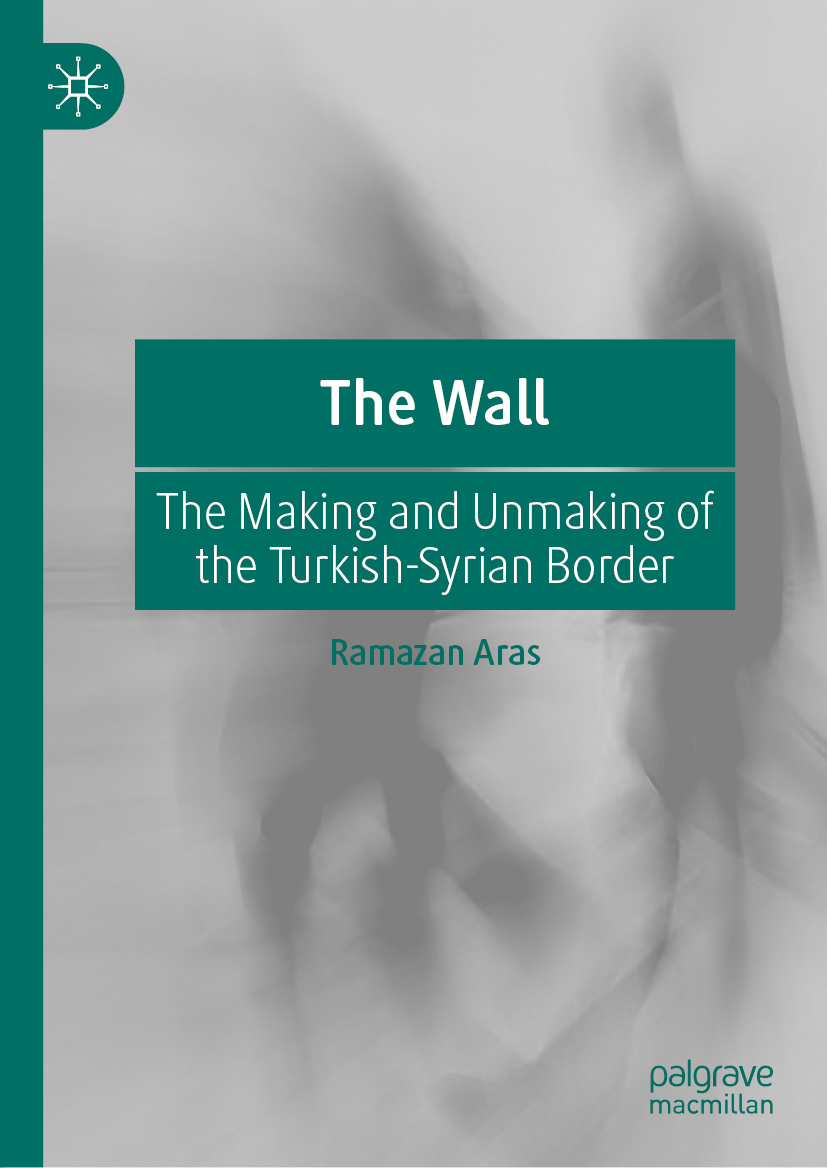

This Palgrave Macmillan imprint is published by the registered company Springer Nature Switzerland AG
The registered company address is: Gewerbestrasse 11, 6330 Cham, Switzerland
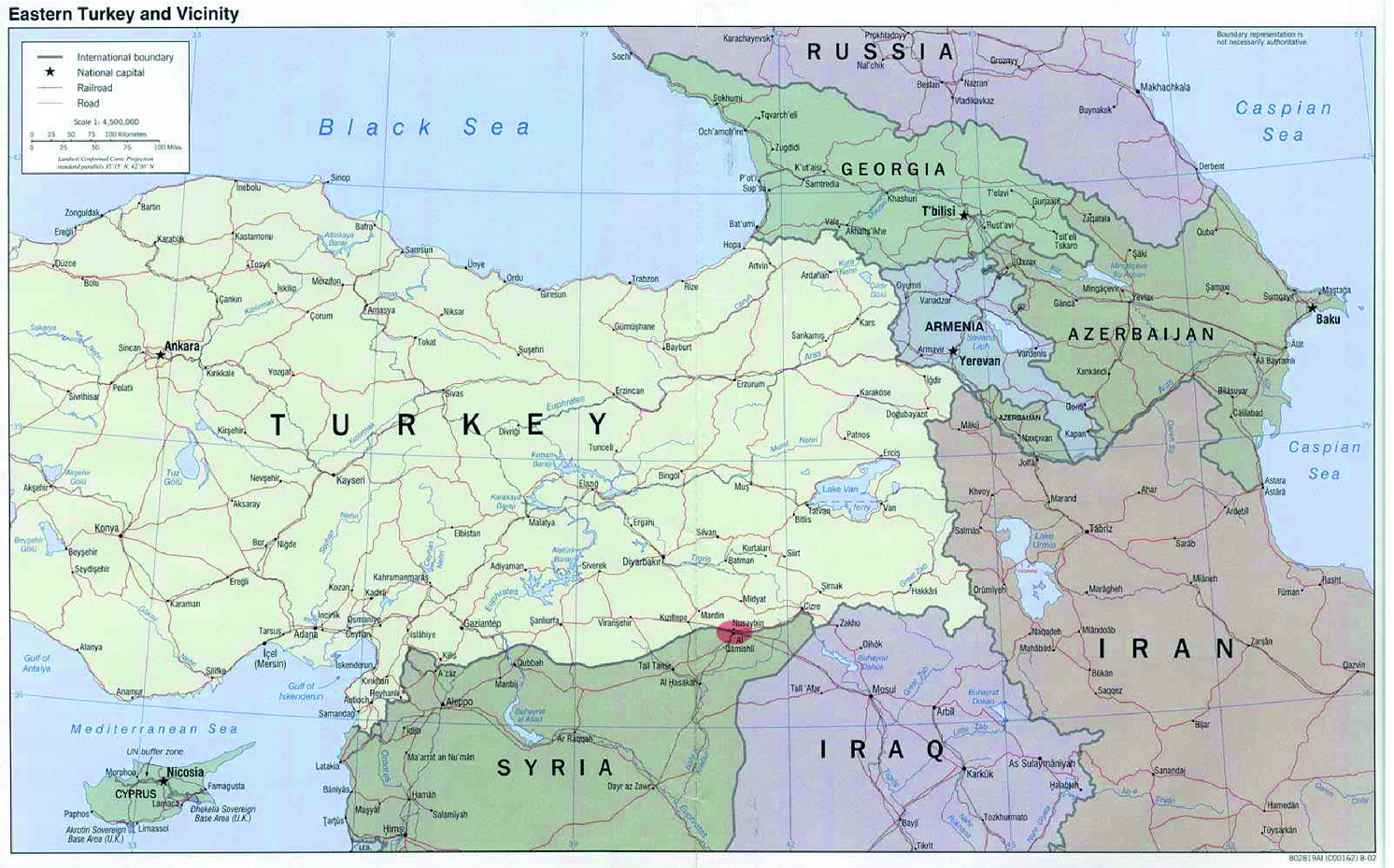
The map showing Eastern Turkey and Vicinity where the fieldwork site is marked with a red spot. (Map: Courtesy of the University of Texas Libraries, The University of Texas at Austin):
http://legacy.lib.utexas.edu/maps/middle_east_and_asia/turkey_east_pol_2002.jpg
This book undertakes an anthropological analysis into the life stories, testimonies, and other oral accounts imparting the process of separation and ruptured social, cultural, religious, and economic structures and autochthonous bonds as a result of the constructed political borders of nation-states newly founded on inherited territories of the Ottoman Empire. Subsisting generations of local peoples and religious communities from the Ottoman Empire were residing within a geography of an established accommodation of diverse religious, ethnic, cultural, linguistic, and economic arrangements. However, with the emergence of many nation-state projects after the fall of Empire, the series of geopolitical, sociocultural, and economic events exposed vast communities to deep-rooted traumas and social pathologies. In this process, arbitrarily determined and constructed political borders began to inflict deep separations and ruptures at the border regions.
The histories of determination and construction of Turkish political borders like political borders of many other nation-states founded after World War I and World War II document how these territorial borders troubled social, cultural, religious, ethnic, and economic fabrics of communities who have been partitioned and troubled by these geopolitical interventions. With a particular focus on the case of the Turkish-Syrian border, this book addresses the importance of investigation and analysis of political border in order to understand partitioned communities who have been surrounded by political border on their own lands. By providing a thick ethnography of political borders, this research focuses on the evolution of Turkish-Syrian border from the early years of the Republic to the present.
During my childhood in Kerboran (Dargeit), Mardin, and in the later periods, I listened to many life stories of border people and narratives of smuggling within the family settings. Under the influence of these kinds of life stories, the question of political borders began to pervade my thoughts; my interest, however, was mainly concretized after having started to work at the Department of Anthropology at Mardin Artuklu University in July of 2010. As an oral historian, sociologist, and sociocultural anthropologist, I prioritized to work on other urgent crises (displacement and migration of Assyrian/Syriac Christians, political violence, politics of fear of the state and suffering in the context of the Kurdish question in Turkey, etc.) in the region and thus postponed the question of political borders that actually had always lingered in my mind. However, in the fall of 2010, my experience and observations in my first visit of my aunt Nama (died in 2016) who was living in the border village of Beyandr in the border province of Qamilo (Syria) on the other side of the Turkish border crystalized my decision to commence in a project on the Turkish-Syrian political border. The story of nearly 90-year-old Nama was just the tip of iceberg concerning the high cost of the political border that the local community have been paying for decades. During my three-day visit with my mother, questions were just popping up in my mind while talking to my cousins, their neighbors, and walking at the downtown Qamilo. I listened many stories of escape from Turkey and how people took refuge in Syrian side. I learned about the lives of stateless Kurds who were neither citizen of Turkey nor citizen of Syria. I heard stories of severe deaths of ordinary people who were trying to cross the border. Overall, I was informed about not only suffering and struggle of border people residing in both sides of the border but also ambiguities, resilience, adaptations, and opportunities of border mechanism which was thickening throughout decades. In sum, my short visit for my relatives residing in the Kurdish region of northern Syria not only triggered the research process but also enabled me to recognize how actually the phenomenon of political borders and its various catastrophic consequences at both subjective and collective levels have been ignored by social scientists in Turkey.
The worsening political conditions in the regionthe eruption of Syrian Civil War, the conflicts between the PKK and the Turkish forcesforced me to limit my research area with Nisbn (Nusaybin) border region although I was interested in doing a comparative research in Kurdish communities residing in both sides of the border. However, the border town of Nisbn with its nearly 90,000 population had numerous border stories to offer. Based on life stories and testimonies of former smugglers, their family members, mothers, widows, and many other border people, this book documents a genealogical exploration and an anthropological analysis of state-sponsored border making practices and policies. Besides revealing the social, economic, and political history of Turkish-Syrian border, the collected life stories, testimonies, and transmitted narratives of the past and present generations document significant data regarding the memory, identity, sense of belonging, and daily lives of local Kurdish people in a particular location in the border city of Nisbn in the Mardin Province and some surrounding border villages in the Kurdish region. This work not only critically analyses the making of the Turkish-Syrian border through an exploration of the statist discourses, the state border practices, and its diverse apparatuses, but further analyses the unmaking border practices along the Turkish-Syrian border in light of local peoples counter perceptions, discourses, life stories, narratives, and daily practices which can be interpreted as certain forms of local defiance to imposition, resilience, and incorporating strategies in everyday life. This book reveals local peoples diversifying perceptions of place, memories, border and state security apparatuses which can be interpreted as a legacy of the Ottoman past.
Font size:
Interval:
Bookmark:
Similar books «The Wall: The Making and Unmaking of the Turkish-Syrian Border»
Look at similar books to The Wall: The Making and Unmaking of the Turkish-Syrian Border. We have selected literature similar in name and meaning in the hope of providing readers with more options to find new, interesting, not yet read works.
Discussion, reviews of the book The Wall: The Making and Unmaking of the Turkish-Syrian Border and just readers' own opinions. Leave your comments, write what you think about the work, its meaning or the main characters. Specify what exactly you liked and what you didn't like, and why you think so.

